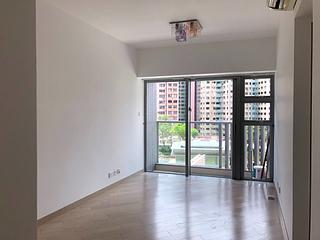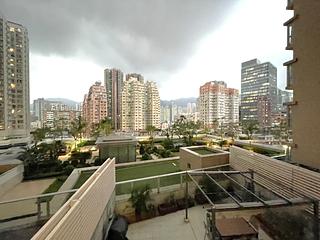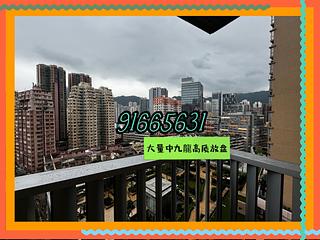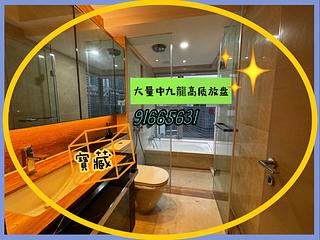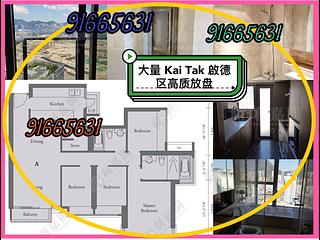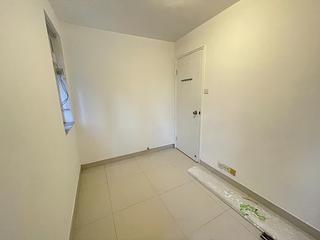Neighbourhood Features
San Po Kong is located in the southeastern part of Wong Tai Sin District, named after the former Po Kong Village in the area. The village was later demolished due to the construction of an airport. In 1939, the first runway of the Kai Tak Airport was completed in San Po Kong. Subsequently, another runway was built in the reclaimed area of Kowloon Bay. With the relocation of the old airport to Chek Lap Kok, San Po Kong underwent a transformation, developing into a large industrial area and gradually evolving into a commercial district. In recent years, the government has launched a comprehensive community project for the old airport, creating an underground shopping street spanning Kowloon City, Kai Tak, and San Po Kong.
Benefiting from the development of the Kai Tak New Development Area, San Po Kong has seen the addition of many distinctive shops and restaurants. There is also a growing number of uniquely renovated industrial buildings, such as Artisan Hub and Open Fire, adding a rich modern flavor to the area. This provides more options for consumer entertainment, meeting the basic lifestyle needs of the residents. Despite the absence of a MTR station in San Po Kong, it is convenient to walk to Diamond Hill Station. Additionally, there are multiple bus and minibus routes, such as Choi Hung Road and Sze Mei Street, connecting to various areas, making transportation relatively convenient.
Residential Distribution
Residential areas are concentrated around the MTR Diamond Hill Station and east of Prince Edward Road. Near Diamond Hill Station, there are housing estates like Kai Chuen Court and Kai Cheung Court, enjoying the convenience of the railway and proximity to the main thoroughfare Lung Cheung Road, providing efficient and convenient transportation.
Closer to the Prince Edward Road East, there are private housing estates, including Rhythm Garden, The Latitude, Wealth Court and Yue Xiu Plaza. This area is closer to Kai Tak Station, and the density of nearby industrial buildings is relatively low, creating a quieter residential environment.



